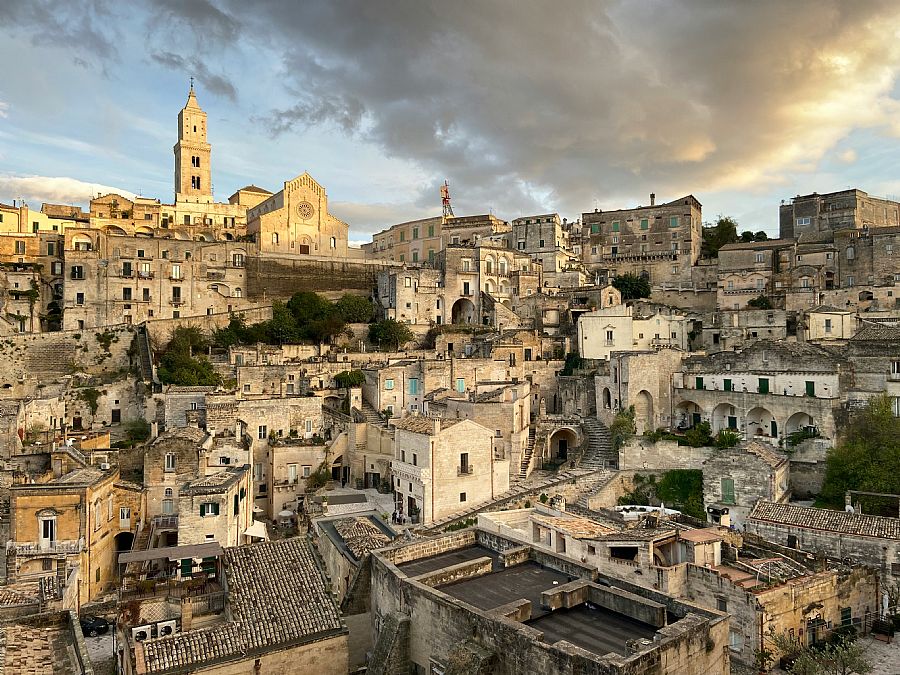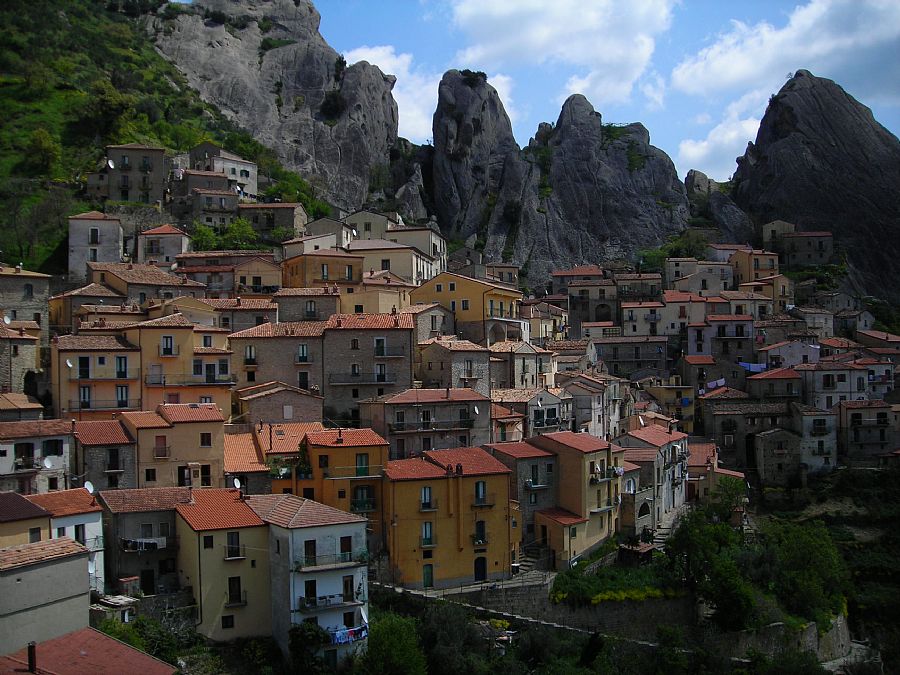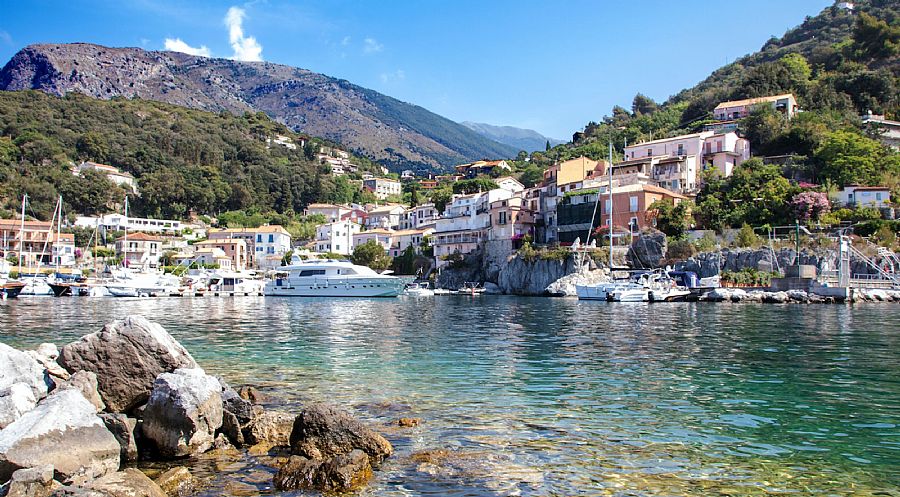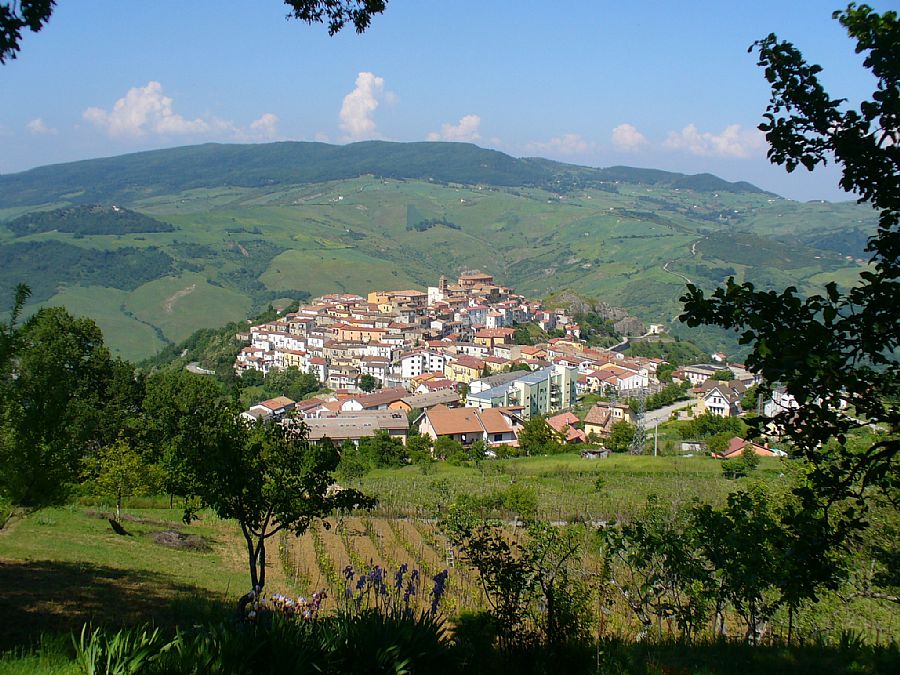Basilicata
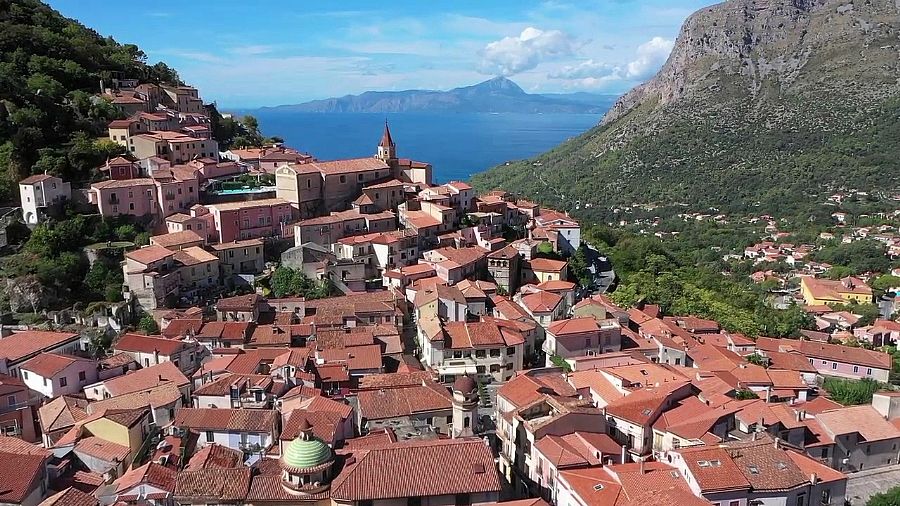
The little-known region of Basilicata is situated between Naples and Bari, has beautiful scenery, historical sites, and adventure galore. Yet, despite its location between Campania and Puglia (and bordering with Calabria to the south), it has remained largely unknown -even to many Italians until recent years. Its most famous city is Matera, which happens to have the distinction as Europe’s oldest continuously inhabited city, though many articles incorrectly place Matera in Puglia. Matera is a UNESCO World Heritage city and has been the film set to many movies.
Mostly mountainous, the region has distinctive dialects and closely-held traditions, many dating back many centuries, some even a millenium or more! Hospitality is held up as “sacred” here, so you’ll find a warm welcome and help, even if they don’t speak your language (and vice-versa). The largest national park in Italy sweeps over Basilicata’s southern section and across into Calabria – the Parco Nazionale del Polliino, with soaring peaks, undisturbed forests, and the unusual pino loricato – the sculptural-looking Bosnian pines, with this being the only place in Italy where they are found. But there is also the Parco dell'Appennino Lucano, another national park, and regional parks that include the beautiful Dolomiti Lucane (grandiosely named Parco Naturale di Gallipoli Cognato Piccole Dolomiti Lucane.) The spires of the peaks are reminiscent of the northern Dolomite mountains.
This region also has another distinction – that of two names! While officially it is called Basilicata, it used be ancient Lucania, so-named for the tribal people who dwelled here many millennia ago. The name was changed to Basilicata, back to Lucania, and then back to Basilicata. Phew, that’s enough to ensure nobody knew much about the region! Regardless of its name, its people proudly call themselves Lucani today, never a “Basilicatan.”
The majority of the region is mountains and hills, where world-class wine is produced in the Vulture (VOOL-ta-ray) zone, in the volcanic soil below the mountain of the same name; now extinct, it has a pretty pair of crater lakes in its center. The Aglianico del Vulture zone extends from Rionero in Vulture to the once-Roman town of Venosa, and a little towards the south. It is a renowned vintage, and one of the most ancient known grape varietals in Italy.
But despite its inland and upland mass, it does have two slices of seacoast – the spectacular Mediterranean coastline of Maratea, extending for a rollicking 32 kilometers along the sea, with cozy coves, sandy beaches, cliffs, and tiny villages, along with hiking paths. It is a glorious coastal gem, largely overlooked by tourists drawn to the more famous coasts further north, and is really only busy in August. The other side is the Ionian Sea coastal plain from Metaponto to Nova Siri, where the Calabrian Ionian zone starts. Here on this plain you will find not only long, wide sandy beaches, but also the region’s fruit basket and a cornucopia of orchards producing citrus, peaches, apricots and more, along with some of the sweetest strawberries in Italy, and plenty of vegetables. The hills inland around Matera and Ferrandina and up towards Campomaggiore, produce excellent olive oil.
With only 540,000 people in the region, the largest city is the regional capital of Potenza, also Italy’s highest regional capital at 819 meters (2687 feet) above sea level. It was mostly destroyed in a devastating earthquake in 1980, so is a sprawling city of modern construction except for its upper old town that sits on top of the ridge, reached by Europe’s longest escalator!
Basilicata offers up adventure for thrill seekers – with a high-flying zip line in the Dolomiti Lucane (it flies between the two towns of Castelmezzano and Pietrapertosa over a deep gorge!); two exciting Tibetan bridges, one that hits the record for being the longest in the world (in Castelsaraceno), via ferrate for true climbing enthusiasts, and plenty of mountain trails for cycling and hiking. The newest thrill ride is a mountain coaster that just opened (April 2025) in Castelmezzano. In the hills up above Maratea, there is paragliding for those who want to fly! For tamer adventures, food is a big deal here, so seeking out the country inns that produce and cook their own goods daily is a thrill of another type, along with wine tasting and upscale dining in places you might not expect it. With mountain fare made from humble but nutritious ingredients) to seafood on the coasts, there is much to enjoy in the culinary realm.
If you can be here for one of the region’s many festivals, all the better. There are many with very deep roots. Check the regional calendar to see what is taking place during your stay! With roots that include ancient Lucani people, it was also part of Magna Grecia and hides some incredible Greek ruins (especially around Metaponto and Policoro), and the historically-important Roman towns of Grumentum with its amphitheater and Roman roads, and Venosa, which has so many Roman bits and pieces around town we can’t list them here! There are towns established by Albanian refugees in the 1400s. And it was part of the Kingdom of Naples for centuries, so clearly, there is a lot of history and many different types of dialects and traditions to enjoy here.
It is a region that doesn’t get much attention, which is just fine with the Lucani, who like their quiet, rather rural lifestyles, holding on to the rhythms of life that have been carried out for centuries, and extending warm smiles and welcomes to those who make the effort to come here.
((Text from Valerie Fortney, author of 52 Things to See and Do in Basilicata; used with express permission of the author. Special thanks for this, and her informative book.))
(Photo: Maratea -By Luke18389 - Own work, CC BY-SA 4.0)
Matera, a captivating city in the southern region of Basilicata, exhibits antiquity.
Castelmezzano looks like a fairytale town, cradled in the crags and spires of the Dolomiti Lucane mountains, almost like an apparition.
Maratea isn’t just a gem; it is called the “pearl of the Mediterranean” with good reason.
It may be small, but Trivigno is a pretty hill town strategically situated in the heart of Basilicata.
Explore handpicked holiday lettings in Basilicata.
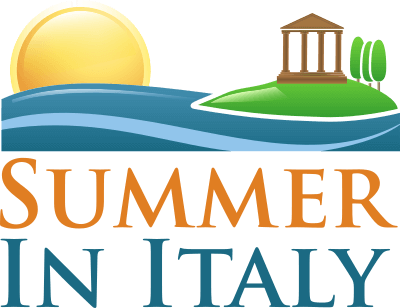
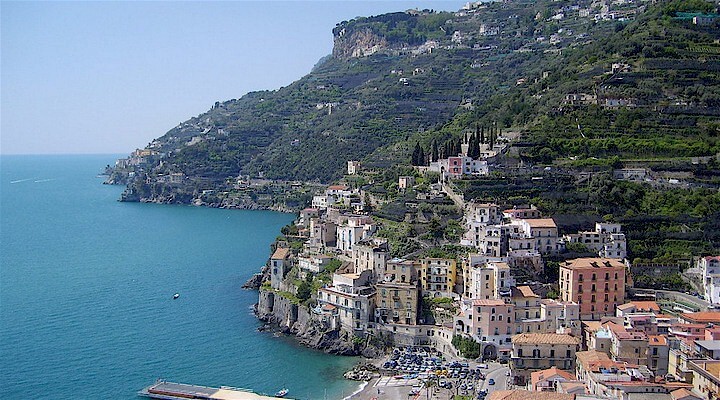 Amalfi Coast
Amalfi Coast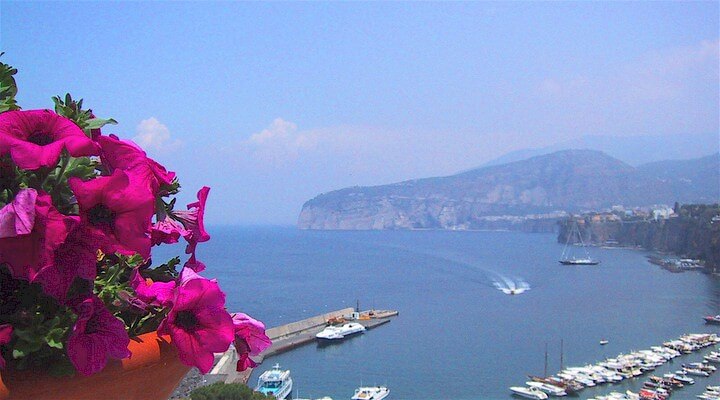 Sorrento Coast
Sorrento Coast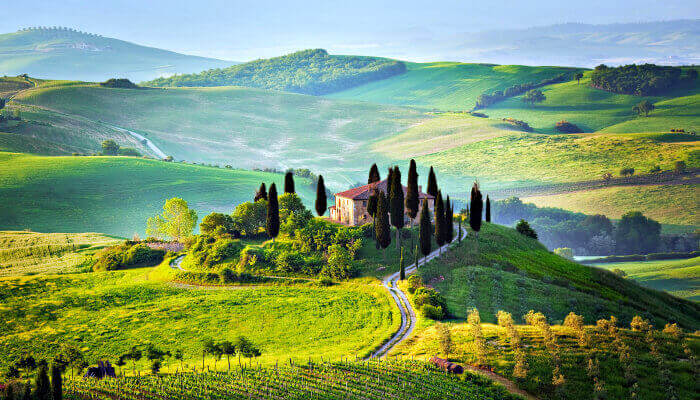 Tuscany
Tuscany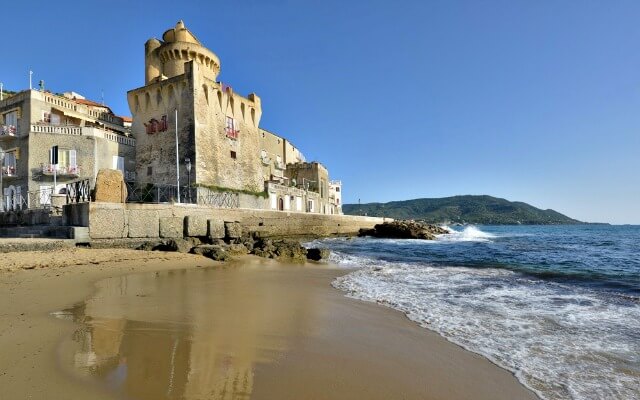 Cilento National Park
Cilento National Park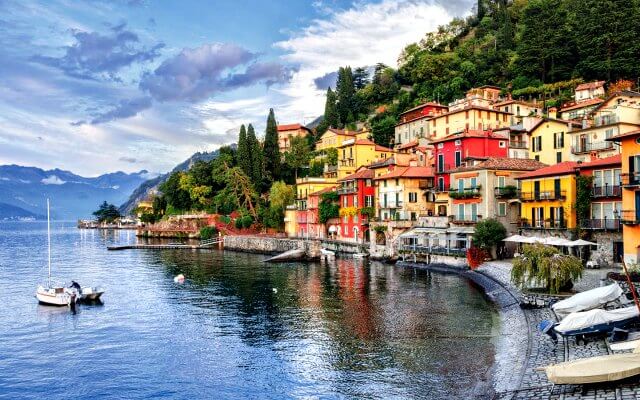 Lake Como
Lake Como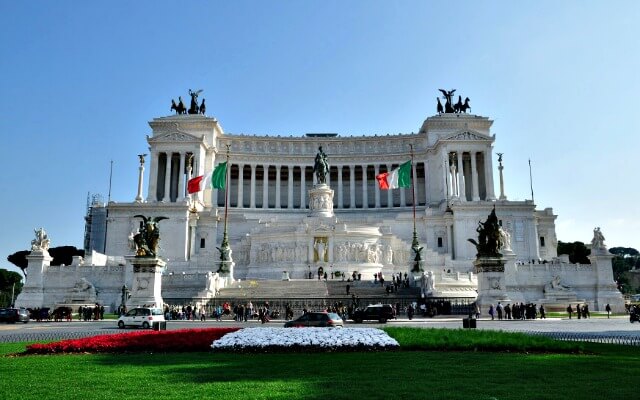 Rome and Latium
Rome and Latium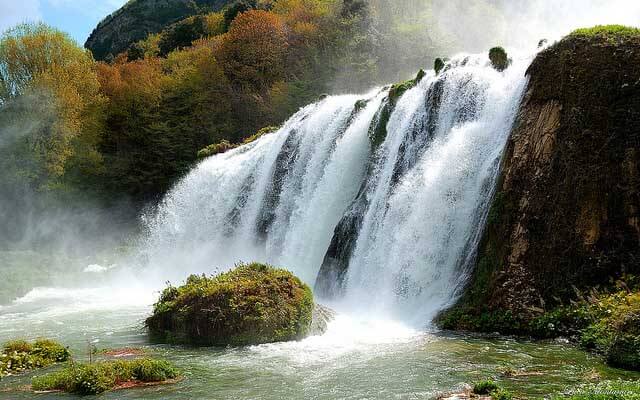 Umbria
Umbria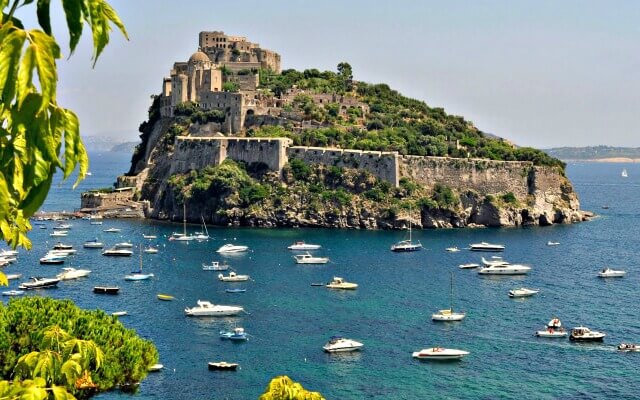 Capri and Ischia
Capri and Ischia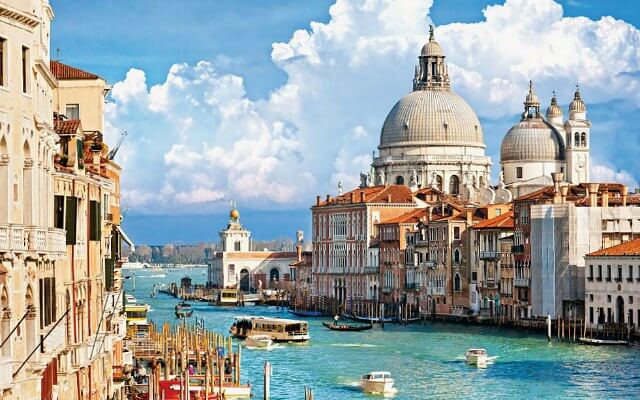 Venice
Venice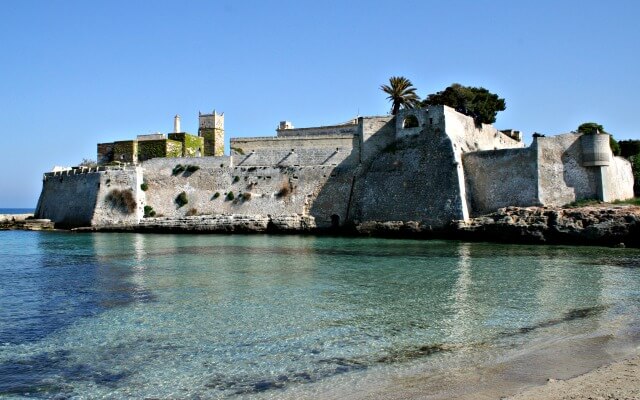 Puglia (Apulia)
Puglia (Apulia)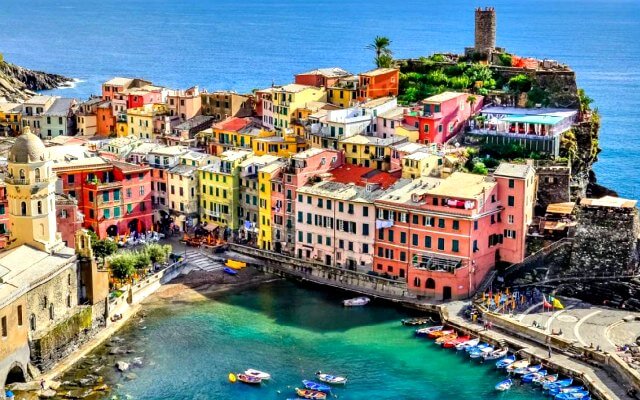 Liguria
Liguria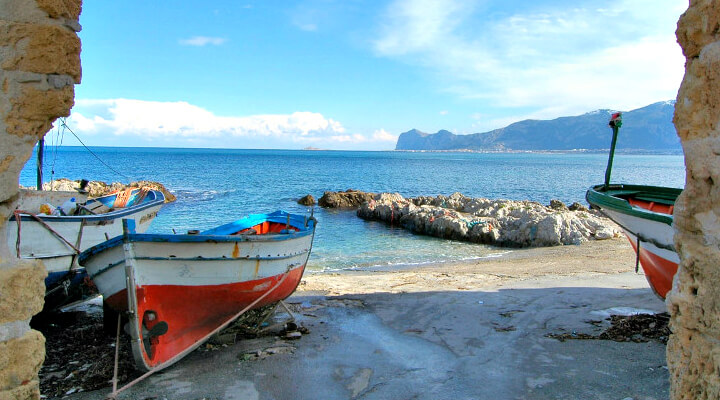 Sicily
Sicily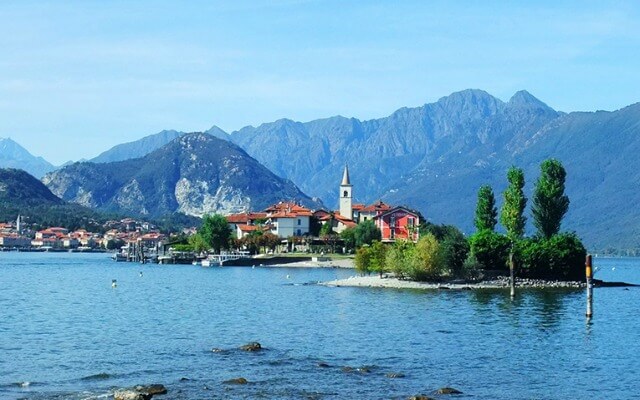 Lake Maggiore
Lake Maggiore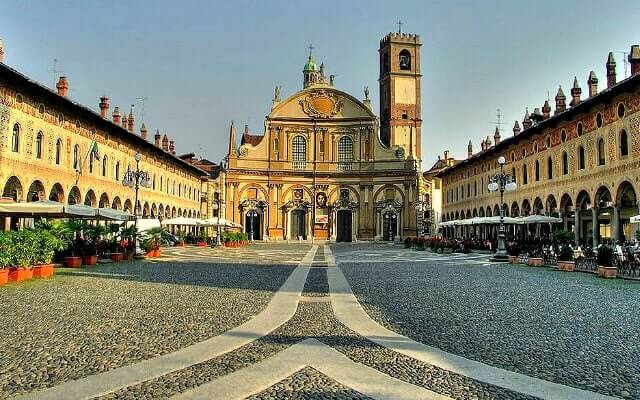 Lombardy
Lombardy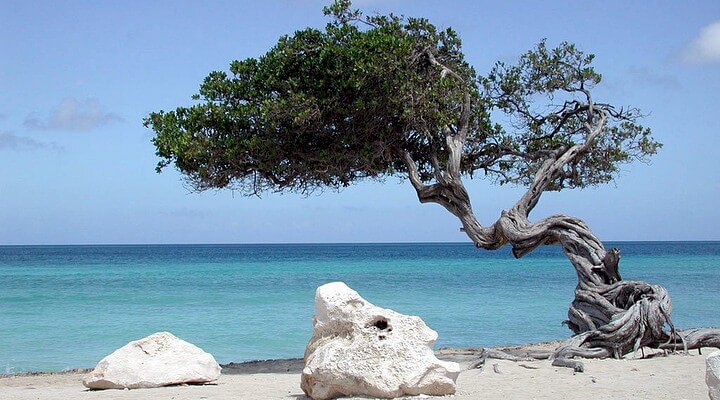 Sardinia
Sardinia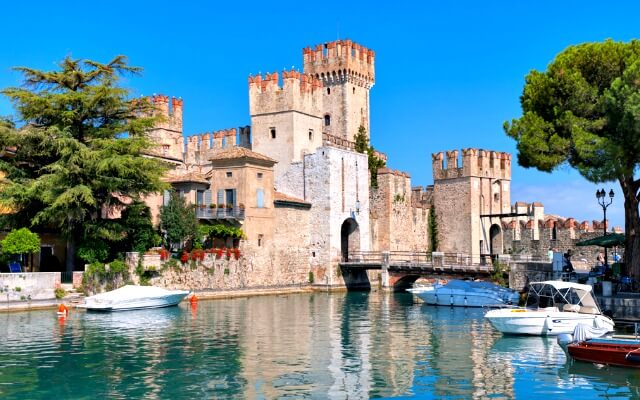 Lake Garda
Lake Garda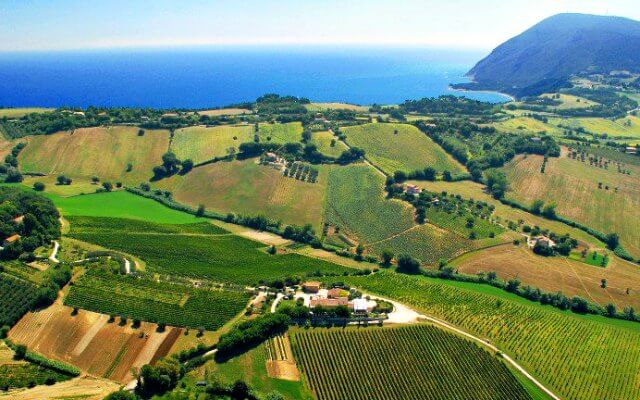 Abruzzo and Marche
Abruzzo and Marche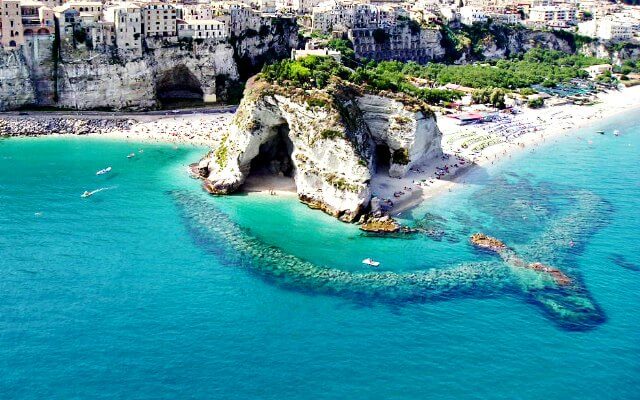 Calabria
Calabria